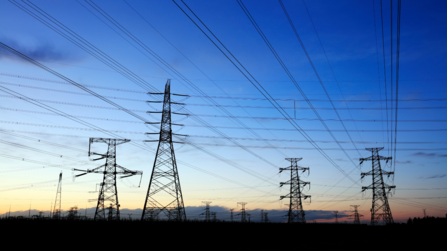It refers to areas of land that, while not officially designated as protected, play a vital role in supporting the biodiversity and ecological processes of nearby protected sites and a landscape on the whole.
In many cases functionally linked land is underappreciated despite it acting as extensions of important habitats – allowing species to breed, forage, and migrate beyond the boundaries of formally designated spaces (SSSIs and RAMSARs, for example).
Why is functionally linked land important?
Functionally linked land is crucial because, as you might imagine, species don’t (and shouldn’t have to) adhere to man-made boundaries. A wetland bird, for example, might nest within a designated reserve but forage in surrounding marshes or farmland. Though these areas are not given formal protection, they still provide essential ecological services that sustain many species.
To interrupt the functionality of these lands is to fragment habitats, disrupting these natural processes and ultimately destroying the biodiversity of the protected areas themselves.



